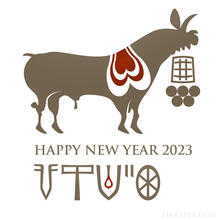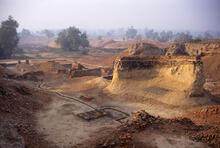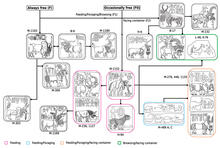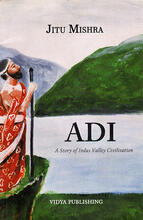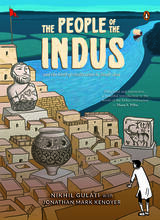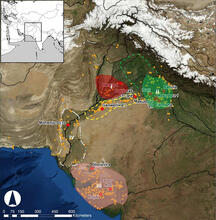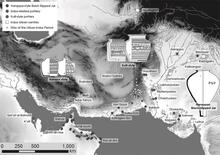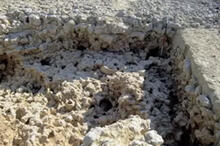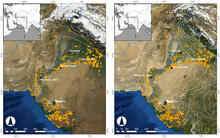As we come to the end - or is it the beginning? have we been here before? - of COVID, we look forward to another full year at Harappa.com.
This includes the complete photographs from the 2nd season at Harappa 1923-24.
This thoughtful and enlightening paper starts with a clear statement of the writer's point-of-view: "On the other hand, to keep writing that Indus society in the 3rd millennium BC was uniform, acephalous, egalitarian and
A technical paper which rewards the follower with valuable insights and serves, on a platter as it were, some complex puzzles in Indus iconography for further cogitation to the reader.
Adi is an engaging children's story that covers the journey of a young boy, Adi, son of a copper merchant in Nausharo to Mohenjo-daro with his father sometime during the height of the ancient Indus civilization.
Once in a while a book – in this case a graphic novel – comes along that upends what one thinks can be done through a medium for a subject. This book by Nikhil Gulati – with the expert assistance of Dr. Jonathan Mark Kenoyer – is one of the moments.
"In this paper," write the authors, "we present the preliminary results of a long-term and multifaceted study of the role of craft specialists and traders who were present in ancient Magan during the 5th-1st millennia
A comprehensive look at what we know about agricultural strategies during the ancient Indus period, and how truly varied and sophisticated these most likely were, with careful adaptation to local conditions and water
"This article examines the diachronic developments of the interregional relationship between the two regions based on the ceramic evidence both from the Greater Indus Valley and the Arabian peninsula.
"Flint was the most important raw material exploited by the third millennium BCE Bronze Age inhabitants of the Indus Valley and its related territories." This uncompromising statement by a scholar and field researcher
A superb framing of how we might think of the Indus civilization and its evolution as a larger entity in comparison and contrast with other ancient civilizations. How did Indus cities fit into a rural context?

